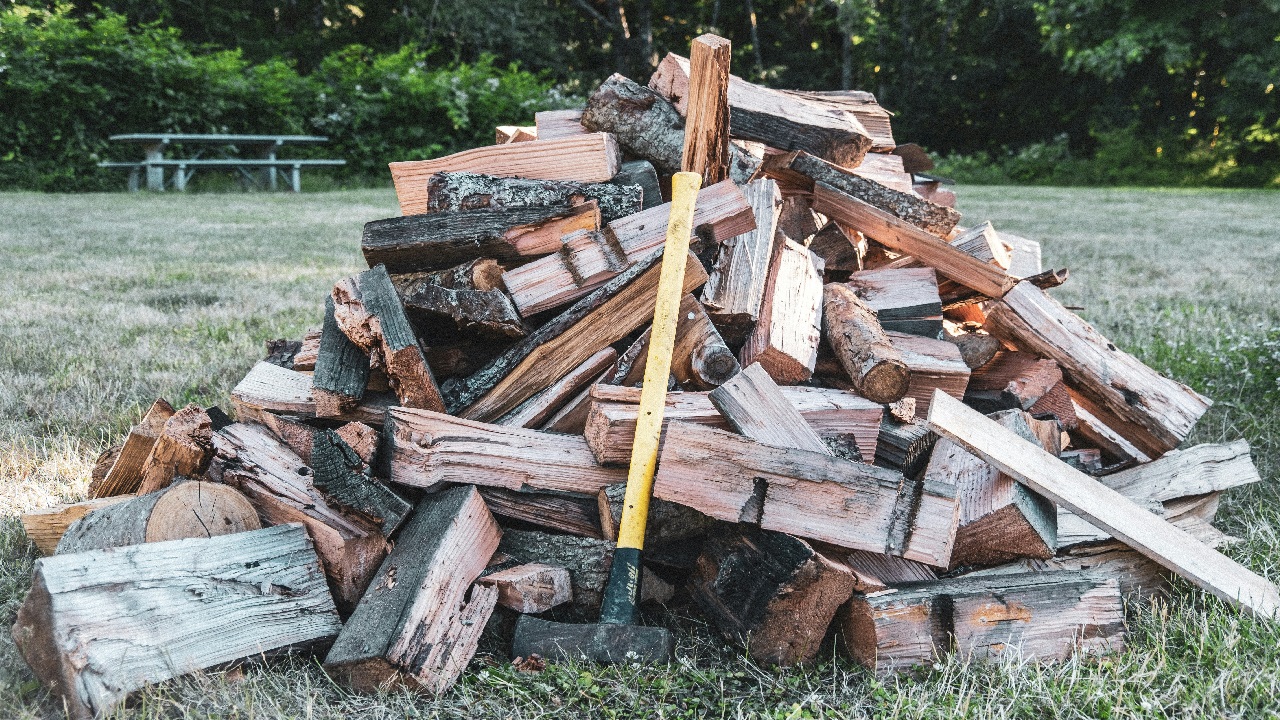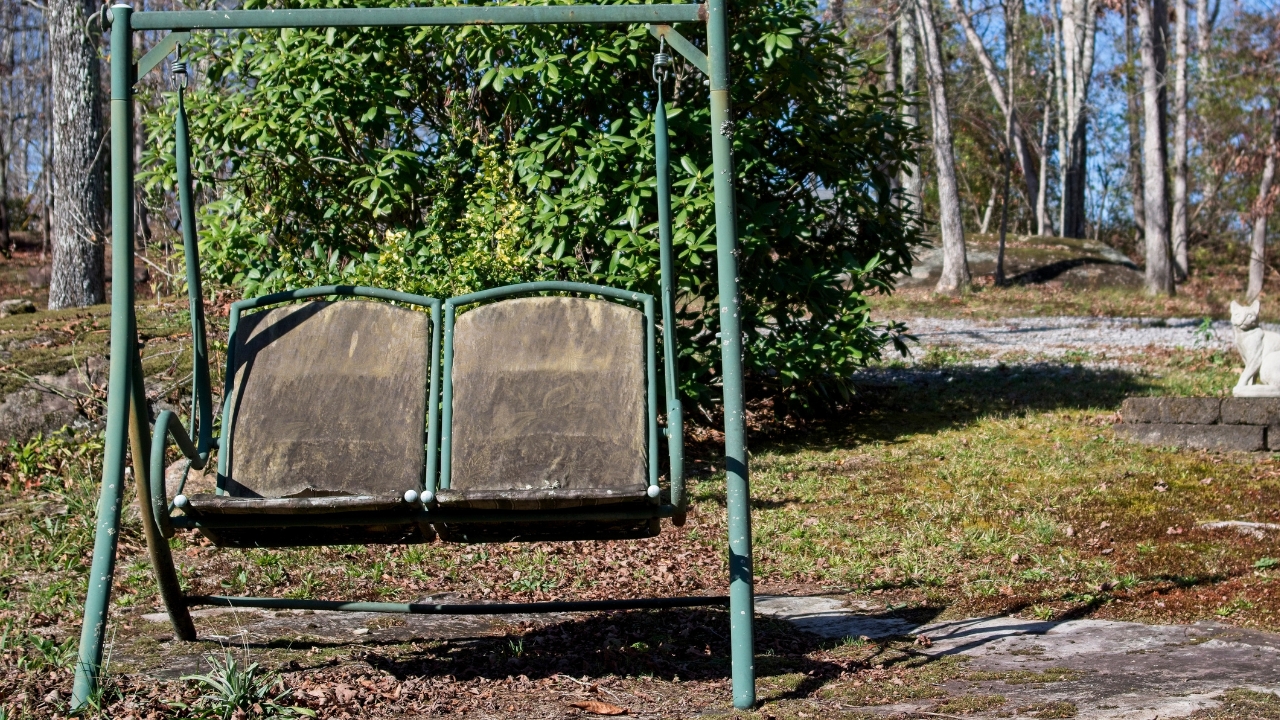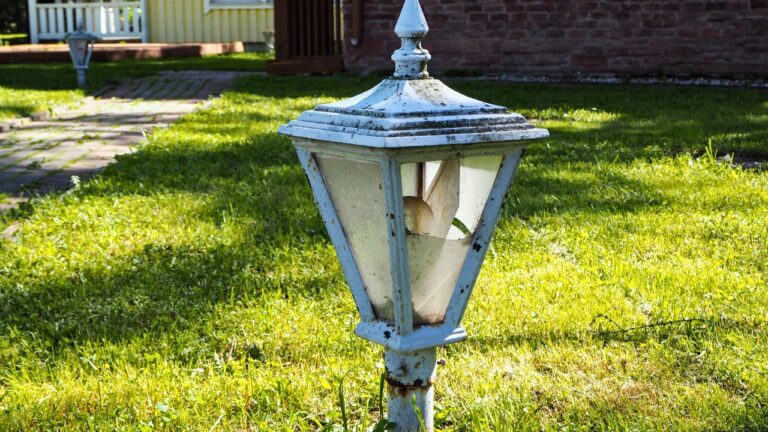10 Things in Your Yard That Are Basically Free Housing for Ticks
Ticks aren’t just a nuisance—they carry real risks. And while most people know to check tall grass or wooded trails, they don’t always realize their own backyard could be making the problem worse. Ticks love cool, shaded areas with high humidity and easy access to hosts like pets or wildlife.
Unfortunately, a lot of common yard features give them exactly that. If you’re trying to cut down your tick risk, these are the spots you’ll want to rethink fast.
Leaf Piles That Never Got Picked Up

That pile you meant to bag up last fall? It’s probably holding onto moisture and offering a shady, undisturbed hiding spot—basically a tick resort. Even small piles can attract ticks and keep them close to foot traffic.
Ticks thrive in leaf litter because it gives them cover from the sun and traps humidity. If it’s near pet areas, walkways, or fences, it’s even more of a problem. Bag it, compost it away from your main yard, or use it as mulch in low-traffic garden beds.
Wood Stacks Sitting Right on the Ground

Stacked firewood might seem harmless, but if it’s sitting directly on the ground, it’s ticking all the boxes—shade, moisture, and easy access for rodents and insects, which ticks hitch rides on.
Use a firewood rack or pallets to raise the stack a few inches off the ground. Keep it neat and away from your house, fences, or animal pens. Airflow underneath makes it less appealing for both ticks and the critters they follow.
Overgrown Fencelines

When grass or weeds creep up around your fence, it creates a perfect edge habitat for ticks. They hang out in that in-between zone where wild and maintained areas meet, waiting for something warm-blooded to walk by.
String trim or mow all the way to your fence line and keep brush cleared. If you have vines or low-hanging branches along the fence, consider thinning those too. The more airflow and light, the less welcoming it’ll be for ticks.
Shady, Untended Garden Beds

Old garden beds that don’t get much sun or care anymore can become prime tick housing. Especially if there’s mulch, weeds, or groundcover that’s been left to do its own thing.
If you’re not actively planting or using a bed, consider clearing it out or planting something low-maintenance that doesn’t trap moisture. Ticks don’t do well in dry, sunny areas, so even a few changes can push them out.
Long Grass Around the Edges

You might keep your lawn mowed, but if the outer edges are shaggy or overlooked, that’s often where ticks hang out. They prefer taller blades where they can stay cool and wait for a passing host.
Don’t skip the perimeter when mowing. Walk the edges and trim where the mower misses. If it’s hard to reach with equipment, a battery-powered trimmer works great for those tight spots.
Wildlife Feeding Areas

If you’ve got a bird feeder, corn pile, or salt lick, you’re probably attracting more than birds and deer. Small mammals like mice and chipmunks are common visitors—and they’re major tick carriers.
You don’t have to give up feeding wildlife altogether, but keep these spots far from play areas, patios, or your home. Clean up spilled seed regularly and consider adding gravel or mulch underneath to reduce ground cover.
Untrimmed Shrubs and Brush Piles

Thick, shady shrubs create the perfect hiding spot for ticks. If branches reach the ground or there’s a brush pile nearby, the area underneath stays cool and humid, which is exactly what ticks want.
Trim the bottom branches to create some clearance and airflow. Don’t let trimmings pile up too close, either—if you’re collecting debris, make sure it’s in a dry, sunny spot until you’re ready to move it.
Groundcover That’s Gotten Out of Hand

Groundcovers like ivy or pachysandra can be helpful in some spots, but they’re also tick-friendly if they get too thick. Dense foliage near the ground traps humidity and gives ticks plenty of cover.
If you’re going to use groundcover, keep it trimmed and avoid planting it right up against walkways, patios, or play spaces. Better yet, replace it with mulch or hardscape in high-traffic areas.
Pet Bedding or Kennels Near Brush

If your dog’s outdoor kennel or bed is parked near a brushy edge or under trees, it’s basically a welcome mat for ticks. They’ll hitch a ride straight into your home.
Keep pet areas in the sun and away from fence lines or overgrowth. Use gravel or concrete underneath instead of grass or dirt, and check your pets regularly if they spend a lot of time outdoors.
Old Furniture or Yard Junk

That broken-down bench or pile of unused planters you meant to deal with? Ticks love that stuff. It offers shade, stays damp underneath, and doesn’t get disturbed often—which makes it ideal for nesting in.
Do a sweep of your yard and get rid of anything that’s collecting dirt, moisture, or sitting too close to the ground. If it doesn’t serve a purpose anymore, it’s probably serving ticks instead.
*This article was developed with AI-powered tools and has been carefully reviewed by our editors.







